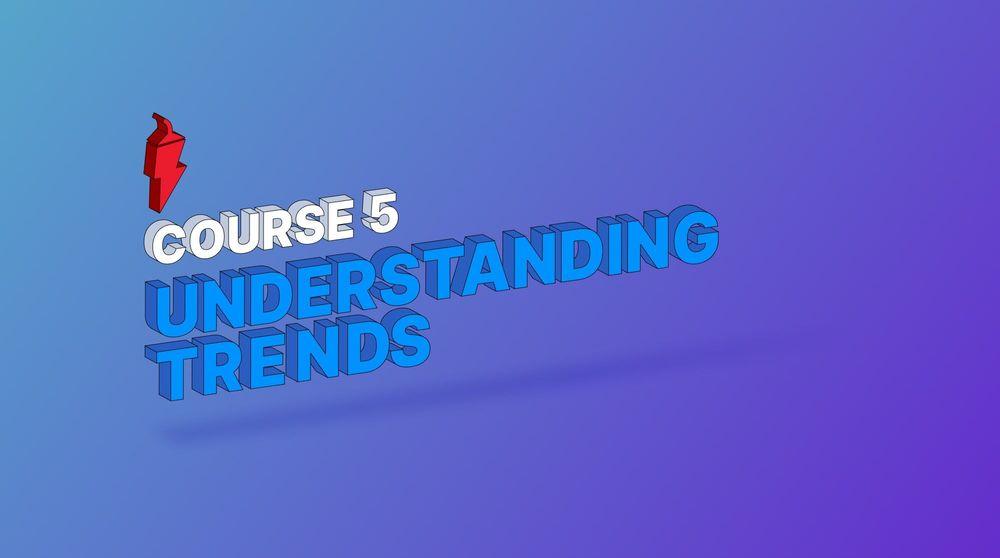- Home
- Trading Courses
- Understanding Trends

Understanding Trends
Once you have a good understanding on what influences the price, it is important to understand what specifically influences the trend. This includes the characteristics of trends, price drivers and price action. A trend in a market is when the price moves in a direction, either upward or downward, however, 4 price movements may occur.
Impulse waves – the impulse wave refers to the price swing which is in favour of the trend and is larger than retracement and price ranges. Traders attempting to analyse and trade trends will aim for these impulse waves to trade. An official upward trend must develop impulse waves which are higher than the previous top.
Retracements – a retracement, is a temporary price movement against the direction of the trend. Retracements are smaller than both impulse and correction waves. The retracement will move against the trend but not to the previous low.
Correction waves – a correcting wave, is a price wave against the direction of the trend, similar to a retracement but larger. A trader can differentiate between a retracement and correction as a correction will decline to the previous swing low.
Price ranges – the price range is when the asset loses momentum and directions while moving in a horizontal direction with little volatility. A price range can occur when traders are uncomfortable opening new positions or uncertain about the market direction. This can occur after large price movements. Traders can use price ranges as “breakout points'' to obtain signals regarding how the price may move. Though, traders should be cautious of “false breakouts”.
Investors tend to use different methods and tools in order to determine when an impulse wave is forming but not yet at a restrictive area. Without doubt, trend traders try to avoid price movements against the trend. In order to determine these areas, a trader may look at the Depth of Market which can show pending orders about to sell above the price. Or possibly order flow tools which will show the balance between buy and sell orders.
